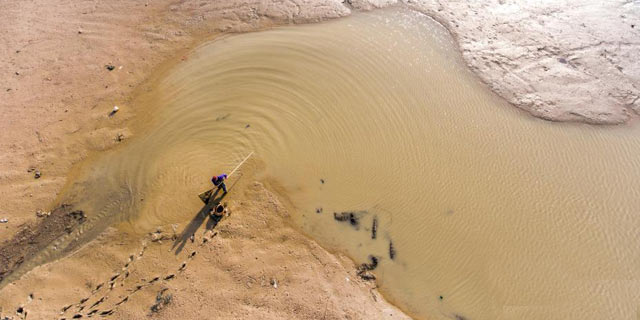B&R is helping China's rise, says PwC
China's Belt and Road Initiative is facilitating the country's geoeconomic rise while reshaping infrastructure investment in the Asia-Pacific economies, which will enable significant regional economic growth, according to a leader from a multinational professional services network.
"We have seen the growing influence of China on the world stage, most notably ... the Belt and Road Initiative that is making tremendous impact across the Asia-Pacific region, which will drive multilateral trade, accelerate infrastructure construction and increase connectivity," Raymund Chao, PwC Asia-Pacific and Greater China chairman, said during the 2017 APEC Economic L eaders' Meeting in Vietnam earlier this month.
"The shift of economic power from the West to the East provides opportunities for the Asian economic giants to boost regional economic growth through accelerated investment in transport and utilities infrastructure across the emerging markets of Asia," he said.
President Xi Jinping told the APEC meeting on Nov 11: "China will deepen policy, infrastructure, trade, financial and people-to-people connectivity with our Asia-Pacific partners, seek interconnected development and move toward a community of shared future."
At the meeting, President Xi urged APEC economies to advance trade and investment liberalization and facilitation, build an open economy, uphold and strengthen the multilateral trading regime, and help rebalance economic globalization.
According to the Asian Development Bank, $26 trillion is needed to meet infrastructure demand in the Asia-Pacific region by 2030, which equals $1.7 trillion of infrastructure spending each year.
PwC takes a broader view of infrastructure, counting not only the "economic infrastructure" such as utilities, transport and telecommunications, but also the "social infrastructure" including food safety, healthcare and education.
"We estimate that annual global spending will need to increase to around $9 trillion by 2025, and that $5 trillion of this will have to be in the Asia-Pacific economies," Chao said.
Although there is sufficient capital resource from the large debt and equity markets, the challenge is to efficiently direct and facilitate investable capital into infrastructure projects, he said.
"In order to realize the regional infrastructure goals, neither the governments nor the multilateral development banks, such as the Asian Infrastructure Investment Bank, can do it alone. In that case, the private sector should take part in the campaign," he said.









